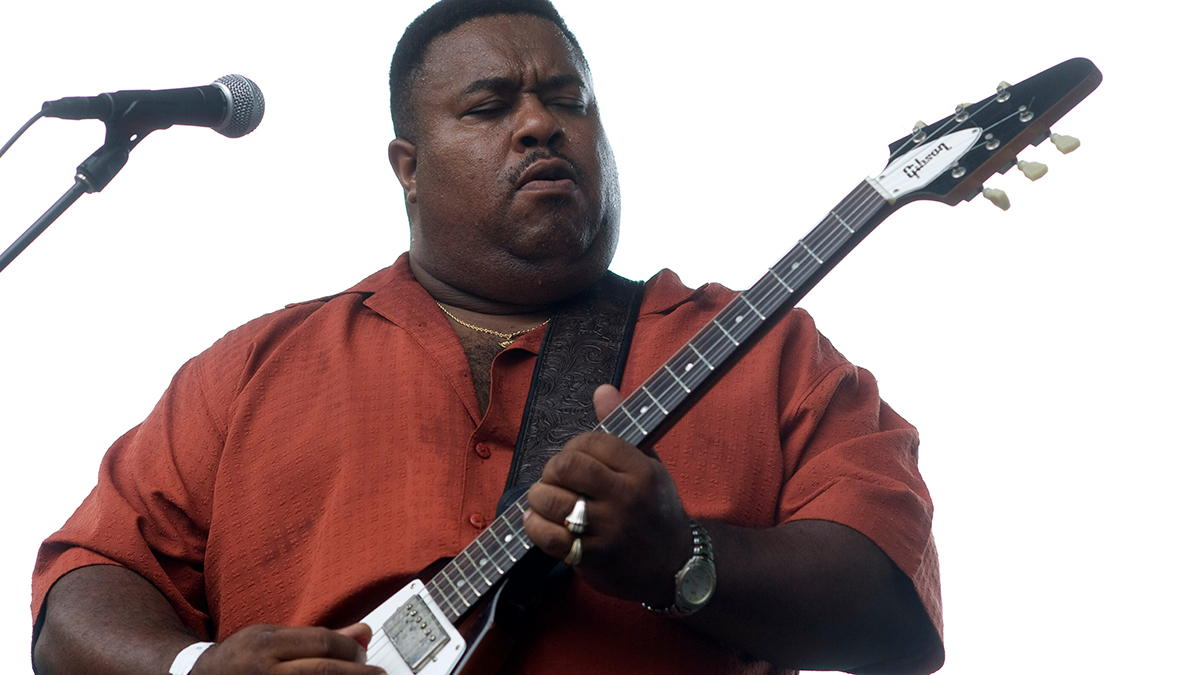
Since its formation, PRS has been at the cutting edge of electric guitar refinement, and to this day continues to push the boundaries of what conventional six-strings can be by fine-tuning everything from upgrading tuner machines to innovating new pickups.
However, despite the firm’s desire to go above and beyond what orthodox teachings of guitar making dictate, the PRS ethos is still firmly rooted in vintage aesthetics and functions – meaning there are some more left-field design avenues it certainly won’t go down.
That includes the headless guitar market – an industry that, in recent years, has absolutely exploded. Ibanez, Schecter and Kiesel have all been flying the flag for headless builds ever since Strandberg set in motion this guitar renaissance, but – perhaps unsurprisingly – Paul Reed Smith has now ruled his own company out of the running.
When asked whether PRS could ever explore a headless build during a fan Q&A on the brand's YouTube channel, Smith dashes hopes by bluntly saying, “No,” before going on to reveal the appreciation he has from an engineer’s perspective on the original concept.
“Basically, the way a headless guitar works is you attach the strings here [at the top of the neck] and the tuning machines are down here on the bridge,” he says.
“Ned Steinberger came up with that headless guitar design and the thing that was brilliant about it wasn’t the headless guitar part, it was the fact he came up with a TransTrem and the whole chord would stay in tune as you move the arm.
“If you listen to Summer Nights, the Van Halen tune, that’s a headless guitar, and it sounded fantastic.”
All the latest guitar news, interviews, lessons, reviews, deals and more, direct to your inbox!
“Are we going to make them? I don’t think so. I’m way more into traditional design. I understand how this affects the tone. You have to use rollers when you use a headless design, which is something I don’t really want to do because I don’t really want to stick things on rollers.”
It makes sense. Though PRS likes to break out of the box and find new ways to improve upon guitar norms, its developments are deeply rooted in traditional form factors. John Mayer’s Silver Sky, for example, was a refinement of the classic S-type. The NE 53, likewise, was a traditional T-type with a PRS spin.
Indeed, the fact Smith went to great lengths to overhaul the humble tuning peg – saying it could have a huge impact on tone – probably tells you all you need to know about the prospects of a headless PRS build.
Elsewhere in his Q&A, Smith recalled the time he ended up building a guitar for Eddie Van Halen.

Matt is the GuitarWorld.com News Editor, and has been writing and editing for the site for five years. He has a Masters in the guitar, a degree in history, and has spent the last 19 years playing everything from blues and jazz to indie and pop. During his GW career, he’s interviewed Peter Frampton, Zakk Wylde, Tosin Abasi, Matteo Mancuso and more, and has profiled the CEOs of Guitar Center and Fender.
When he’s not combining his passion for writing and music during his day job, Matt performs with indie rock duo Esme Emerson, and has previously opened for the likes of Ed Sheeran, Keane, Japanese House and Good Neighbours.
You must confirm your public display name before commenting
Please logout and then login again, you will then be prompted to enter your display name.

